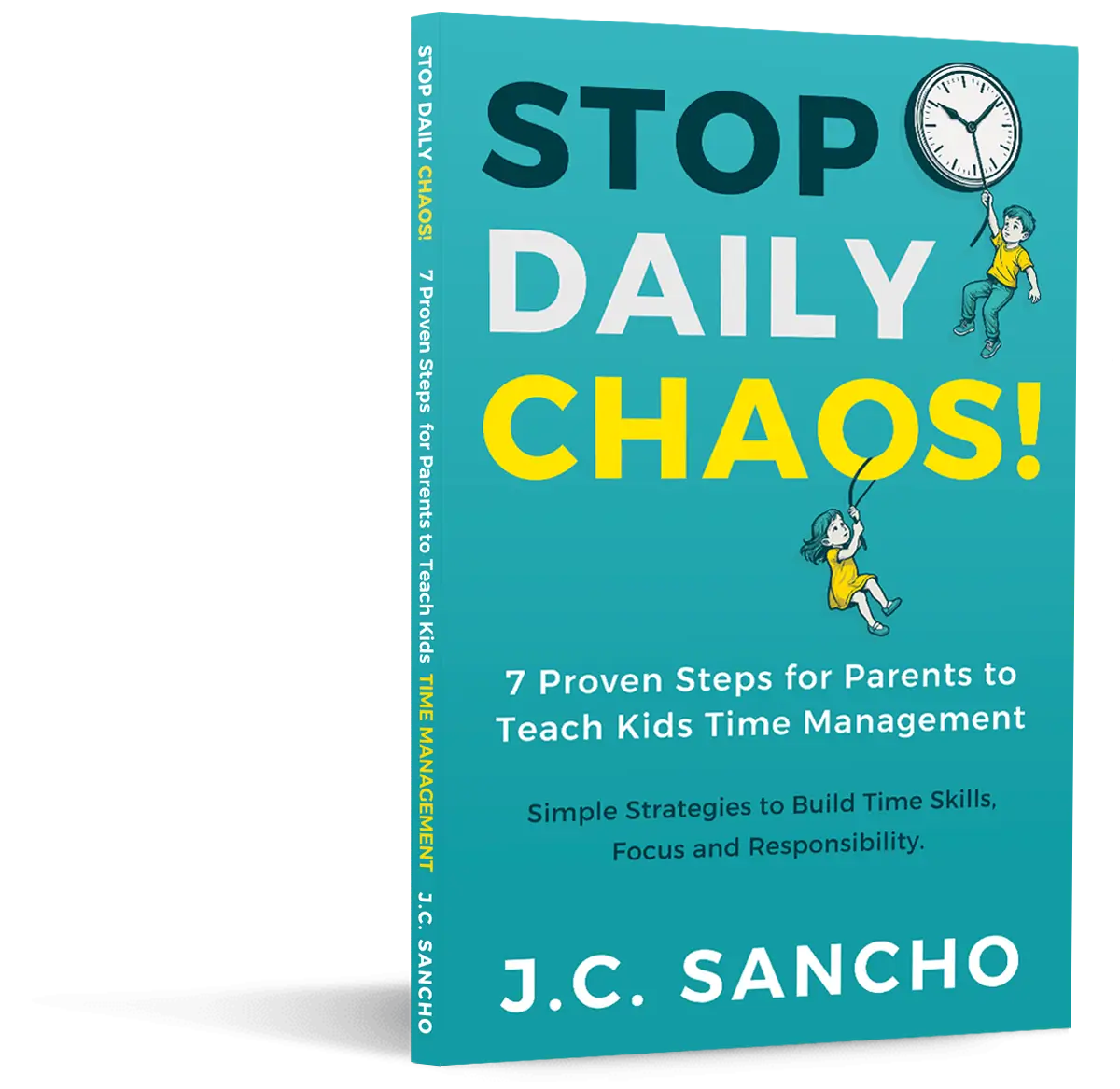It’s a typical Tuesday evening. You’re scrolling through your social media feed when you see it – a heartwarming photo of your friend’s toddler, smeared with birthday cake, eyes wide with delight. It’s adorable and instantly shareable. But as you reach for the ‘share’ button, a question stops you: Should I be doing this? Welcome to the world of ‘sharenting’, where every post raises complex questions about privacy, consent, and digital footprints.
The Sharenting Phenomenon: Understanding the Implications
‘Sharenting’, a portmanteau of ‘sharing’ and ‘parenting’, refers to parents sharing details about their children’s lives online. It ranges from posting cute photos on social media to blogging about parenting challenges.
On one hand, sharenting can foster community among parents navigating similar experiences. On the other hand, it can carry potential risks like privacy invasion and unintended digital footprints that could follow children into adulthood.
Navigating Social Media Parenting: Strategies for Mindful Sharing
Think Before You Post
The first rule in mindful sharenting is simple but powerful: pause before you post. Consider who might see what you’re sharing and how they might use it. Could that adorable bathtub photo be misused or misconstrued? Is your child’s school identifiable in the background of their soccer game picture?
Prioritize Consent
As children grow older, involve them in decisions about what gets shared online. This not only respects their autonomy but also teaches them important lessons about consent and digital citizenship.
Utilize Privacy Settings
Don’t rely on default settings to protect your child’s privacy. Take time to understand and regularly update the privacy settings on all social media platforms you use.
Where Parents Often Trip: Avoiding Common Sharenting Pitfalls
Awareness of common sharenting pitfalls can help you avoid them. Here are a few scenarios to be aware of:
- The Over-Sharing Trap: It’s easy to get swept up in the positive feedback that often comes with sharing cute or funny moments. But over-sharing can infringe on your child’s privacy and create an extensive digital footprint.
- The Emotional Dump: Sharing parenting challenges can invite support, but remember that your child’s struggles should not become public fodder for likes or comments.
- The Future Impact Blindspot: It’s hard to imagine our toddlers as teens, but today’s posts may be tomorrow’s embarrassment. Always consider how content could impact your child in the future.
Diving Deeper: The Long-Term Impact of Sharenting Choices
Your sharenting choices today can shape your child’s online identity for years to come. A mindful approach involves considering not just immediate impacts, but also long-term implications for their personal and professional lives.
Your Questions Answered: A Closer Look at Sharenting Concerns
- I’ve shared a lot about my kids already. Is it too late?No, it’s never too late to make changes. Start by having open conversations with your children about online safety and respect for privacy. You might also consider doing a ‘digital cleanup’ of past posts.
- Can I share my parenting experiences without invading my child’s privacy?Yes, many parents find a balance by sharing their experiences in a way that doesn’t expose sensitive details about their children’s lives. For example, you might talk about your feelings or learnings without mentioning your child’s name or showing their face.
As we journey through the ever-evolving landscape of social media and parenting, let us remember our ultimate goal: to protect and guide our children. The decisions we make today will shape not just our children’s digital footprints, but also their understanding of privacy, consent, and online behavior. So let’s navigate this journey with thoughtfulness, respect for our kids’ evolving autonomy, and an open mind towards learning along the way.
Further Reading
- American Academy of Pediatrics (AAP) – Children and Media Tips
- CDC – Protecting Your Child’s Privacy Online
- Child Mind Institute – Parents Guide to Social Media Use for Kids
- Mayo Clinic – Internet Safety: Tips for Protecting Your Children Online
This article is intended as guidance only and does not replace professional advice. If you have concerns about your child’s online safety or behavior, consult with a healthcare provider or counselor.



